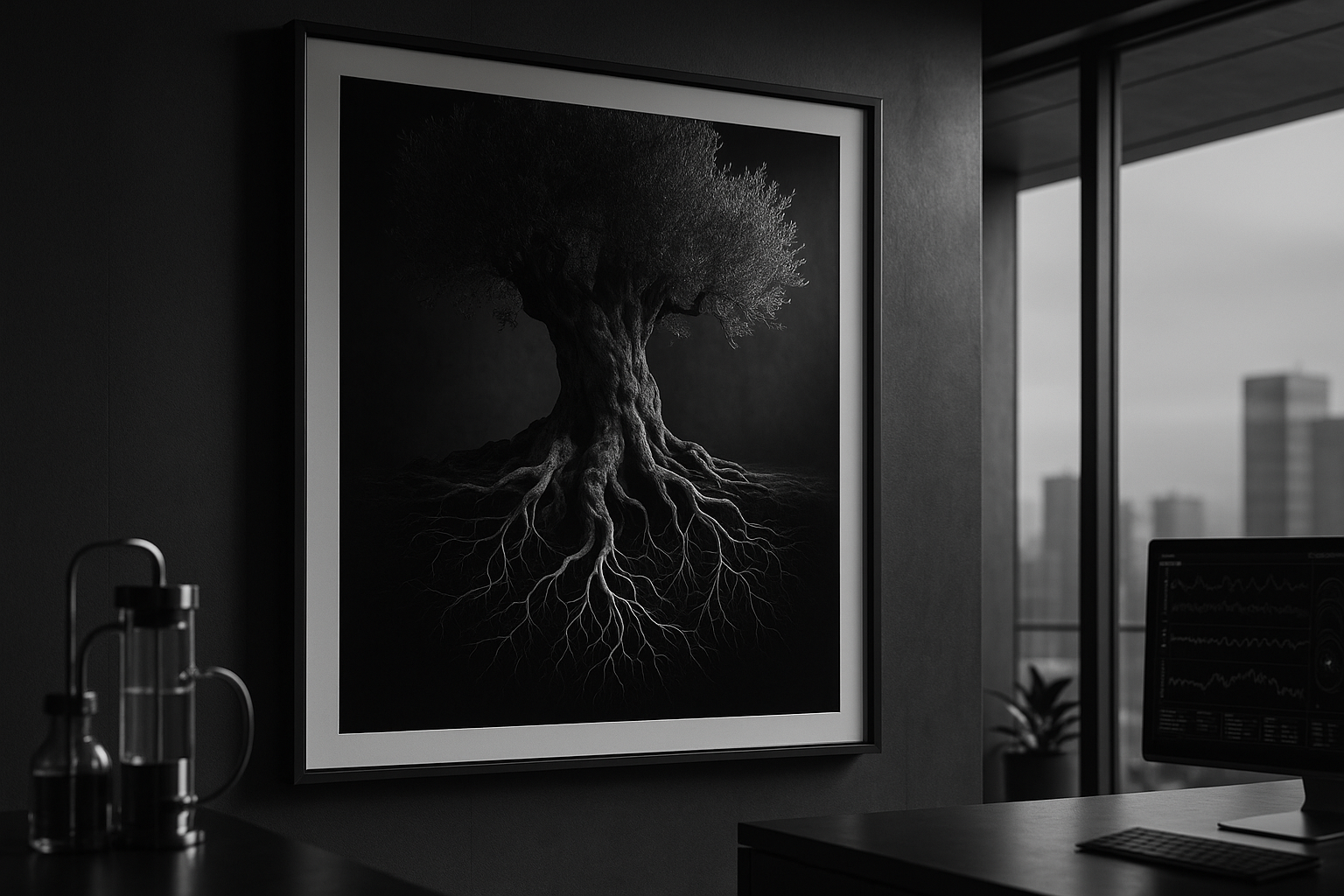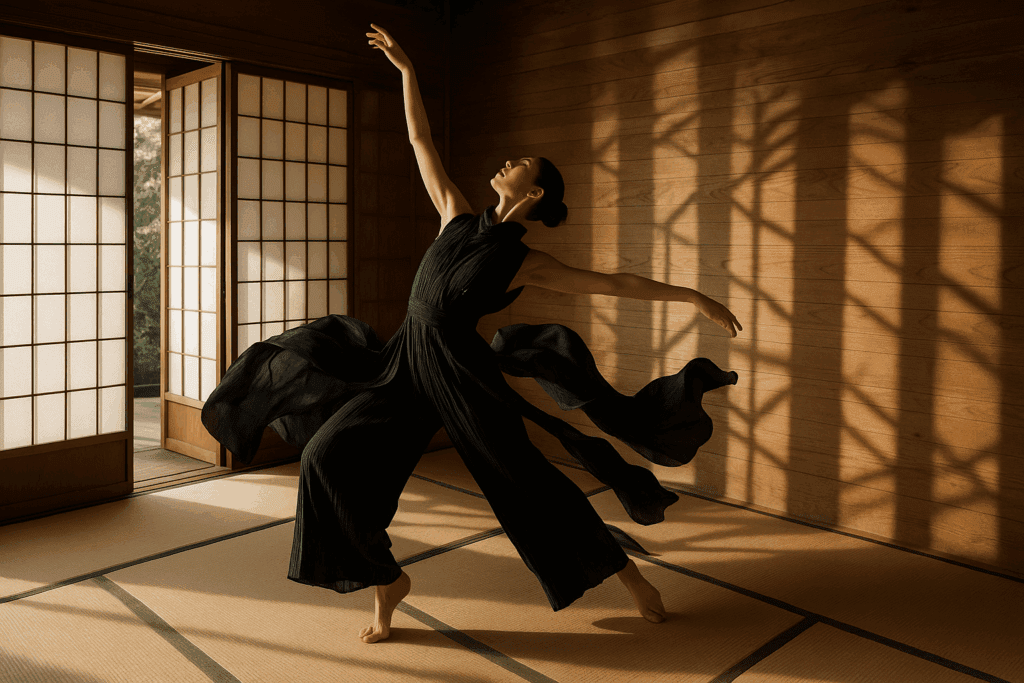Skip the Gym — Expert Reveals the Daily Habit That Extends Lifespan to 100
The “Exercise Paradox” Fueling Centenarians
For decades, gym memberships and punishing workout routines have been marketed as the golden ticket to longevity. But pioneering research into populations with unusually high concentrations of centenarians — from Okinawa to Sardinia’s Blue Zones — reveals a striking pattern: those who live longest aren’t marathon runners or CrossFit devotees. They’re people who prioritize constant, natural movement woven into daily life. According to National Geographic Fellow and Blue Zones founder Dan Buettner, “It’s the all-day pacing, not peak heart rates, that predicts exceptional lifespan.”

Why Low-Intensity Movement Outperforms Gym Sessions
A 2023 study in the Journal of Aging and Physical Activity analyzed metabolic equivalents (METs) across 5,000 adults aged 80+. Participants averaging 6+ hours of non-exercise activity daily (gardening, walking, household tasks) showed 34% lower mortality risk versus gym-goers limiting activity to structured workouts. The secret lies in mitochondrial efficiency: gentle, sustained movement promotes cellular repair mechanisms like autophagy while avoiding the oxidative stress caused by intense training.
The Science of “Accidental Exercise”
Longevity researchers emphasize NEAT (Non-Exercise Activity Thermogenesis) — energy expended outside formal workouts. Stanford biologist Dr. David Spiegel explains: “NEAT activates AMPK pathways 18% more effectively than sporadic HIIT sessions, enhancing insulin sensitivity and telomere maintenance.” Wearable tech data from Whoop and Oura reinforces this: individuals with 3,500+ daily micro-movements (e.g., stair-climbing, meal prep, stretching) demonstrate better heart rate variability than those with sedentary days punctuated by gym visits.

Designing a Blue Zones-Inspired Movement Protocol
- Morning Momentum: Replace static coffee routines with 10 minutes of sunlight walking (boosts circadian rhythm + Vitamin D)
- Ergonomic Workdays: Use standing desks adjusted to yoga mat “movement breaks” every 45 minutes
- Culinary Motion: Hand-prep meals with chopping/stirring — burns 120+ calories while increasing mindfulness
- Communal Activity: Social walks or gardening clubs leverage oxytocin release from shared low-intensity motion
The Future of Longevity Fashion: Movement-Encouraging Design
Forward-thinking wellness brands are reimagining environments to nudge perpetual motion:
• Lululemon’s “Fluidspace” loungewear with dynamic seams promoting natural stretching
• Herman Miller’s kinetic office chairs requiring core engagement
• Treadmill desks featured in Vogue Living as 2024’s “most coveted WFH status symbol”

Avoiding the Sitting Epidemic
Mayo Clinic reports that sitting >6 hours daily neutralizes 70% of workout benefits. The solution? Micro-adjustments: perch on stability balls, “walking meetings,” or adopt Japan’s suwari-kata culture of floor-sitting to engage stabilizing muscles. “It’s about making motion your default state,” says longevity architect Monique Sanchez, whose clients install sloping floors and staircase workspaces.
Final Verdict: Longevity Lies in Lifelong Motion
Athleticism isn’t obsolete — but centenarian data proves consistency trumps intensity. By reframing fitness as an all-day practice woven into your environment, wardrobe, and rituals, you borrow from humanity’s oldest survival hack: the art of staying gently, joyfully in motion. As epigeneticist Dr. Sinclair notes, “The body renews itself when we move like water — not when we crash like waves.”



